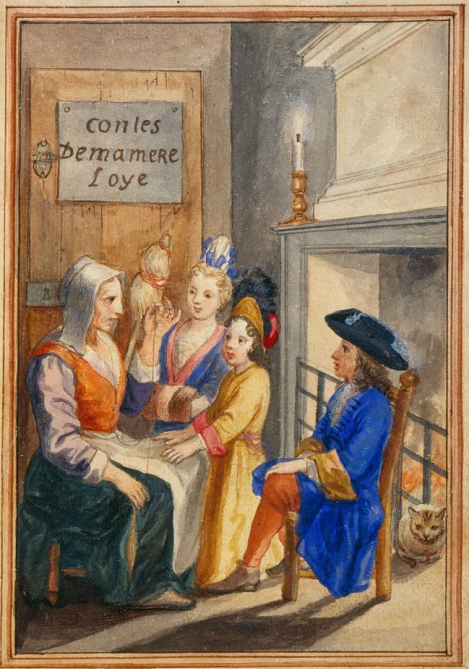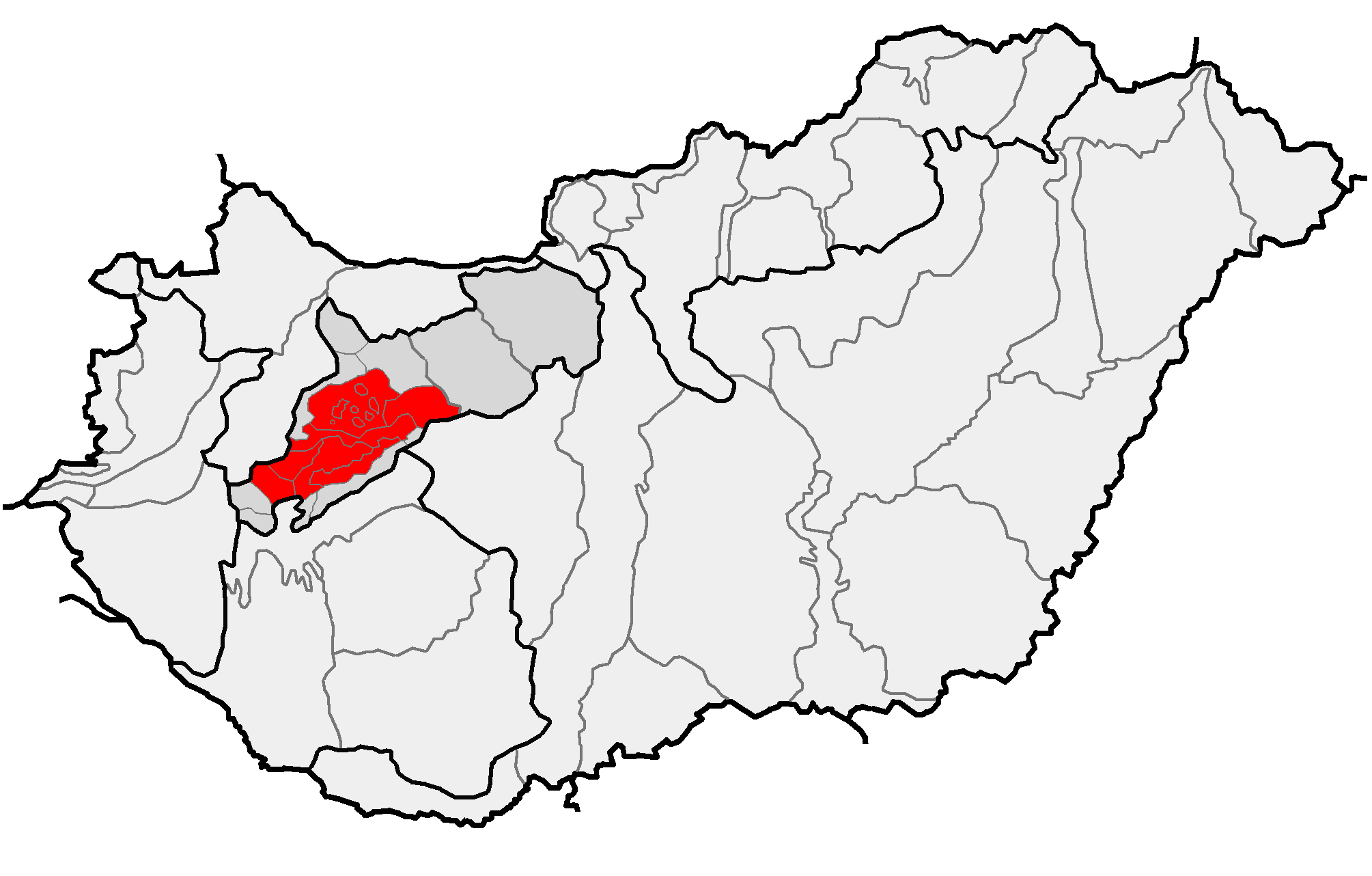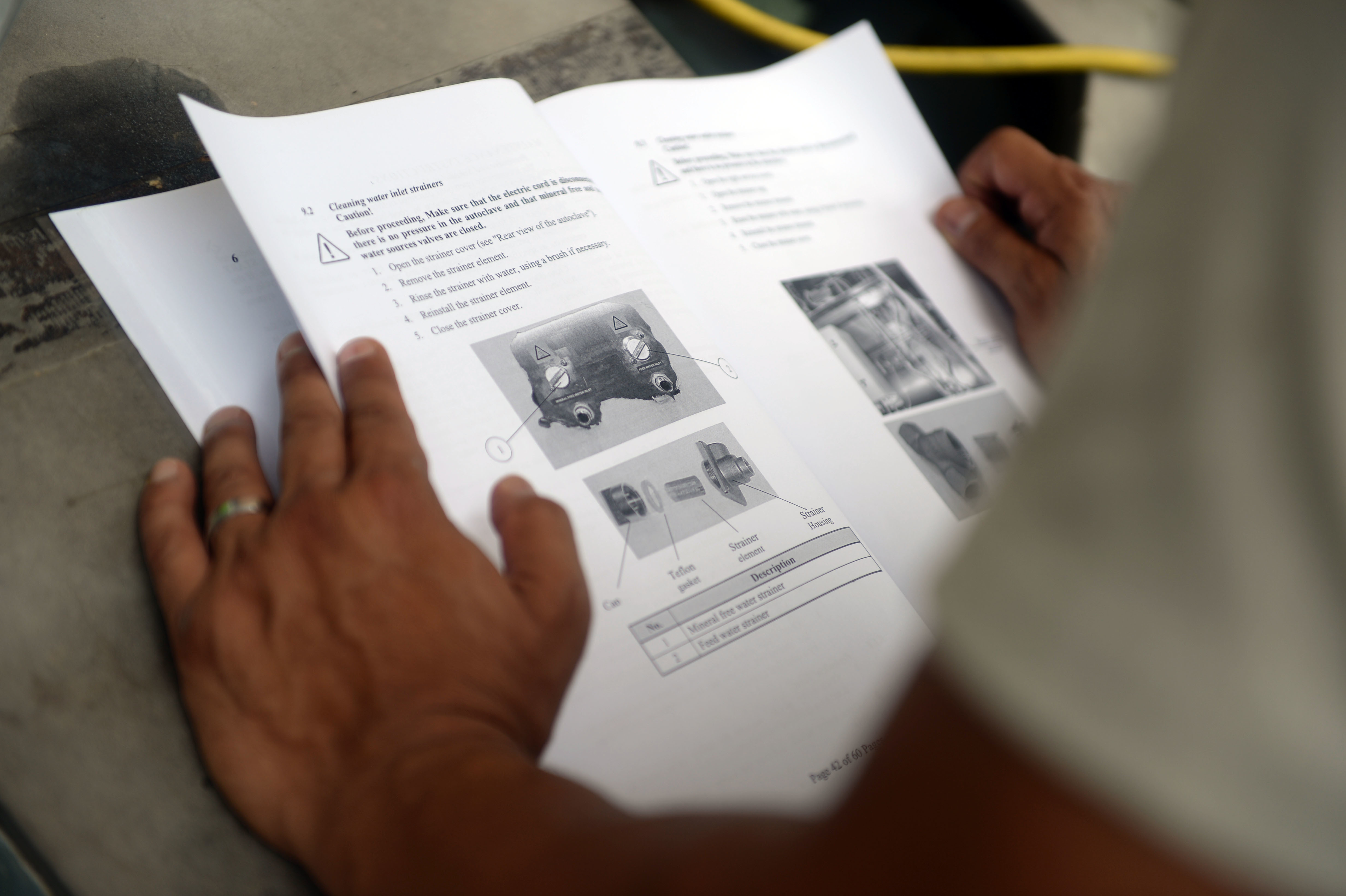|
István Tótfalusi
István Tótfalusi, born ''István Tóth,'' bearing this name until 1960 (Budapest, December 8, 1936 – August 29, 2020) was a Hungarian writer, literary translator, linguist, editor, and a recipient of the Attila József Prize (1997). Career and work Between 1955 and 1959 he was a student of Hungarian and English at the School of English and American Studies of the Faculty of Humanities of the Eötvös Loránd University (ELTE BTK). Between 1959 and 1980 and from 1984 to 1996 he was editor-in-charge of the Móra Ferenc Book Publishing House, and between 1981 and 1983, the editor of Interpress Magazine. He translated poetry, novels, and plays into Hungarian from English, German, Swedish, Norwegian, French, Italian, Spanish, Portuguese, and Latin. He translated into English several poems by Mihály Babits (1988), Milán Füst (1990), János Pilinszky, Gyula Illyés (1995), Péter Kuczka (1996), Ágnes Gergely (1997), Sándor Kányádi (1999), Sándor Weöres (2004), and Lőri ... [...More Info...] [...Related Items...] OR: [Wikipedia] [Google] [Baidu] |
Budapest
Budapest is the Capital city, capital and List of cities and towns of Hungary, most populous city of Hungary. It is the List of cities in the European Union by population within city limits, tenth-largest city in the European Union by population within city limits and the List of cities and towns on the river Danube, second-largest city on the river Danube. The estimated population of the city in 2025 is 1,782,240. This includes the city's population and surrounding suburban areas, over a land area of about . Budapest, which is both a List of cities and towns of Hungary, city and Counties of Hungary, municipality, forms the centre of the Budapest metropolitan area, which has an area of and a population of 3,019,479. It is a primate city, constituting 33% of the population of Hungary. The history of Budapest began when an early Celts, Celtic settlement transformed into the Ancient Rome, Roman town of Aquincum, the capital of Pannonia Inferior, Lower Pannonia. The Hungarian p ... [...More Info...] [...Related Items...] OR: [Wikipedia] [Google] [Baidu] |
Lőrinc Szabó
Lőrinc Szabó de Gáborján ( ; Miskolc, 31 March 1900 – Budapest, 3 October 1957) was a Hungarian poet and literary translator. Biography He was born in Miskolc as the son of an engine driver, Lőrinc Szabó sr., and Ilona Panyiczky. The family moved to Balassagyarmat when he was 3 years old. He attended school in Balassagyarmat and Debrecen. He studied at the ELTE in Budapest where he befriended Mihály Babits. He didn't finish his studies; instead he began to work for the literary periodical ''Az Est'' in 1921, shortly after he married Klára Mikes, the daughter of Lajos Mikes. He worked there until 1944. Between 1927 and 1928 he was a founder and editor of the periodical ''Pandora''. His first published poems appeared in the 1920s in the '' Nyugat'' ("The West"). His first book of poetry was published in 1922 under the title ''Föld, erdő, Isten'' ("Earth, Forest, God") and received considerable success. He got the Baumgarten Award in 1932, 1937 and 1943. As a t ... [...More Info...] [...Related Items...] OR: [Wikipedia] [Google] [Baidu] |
Histoires Ou Contes Du Temps Passé
''Histoires ou contes du temps passé, avec des moralités'' (), or ''Contes de ma mère l'Oye'' (),Zipes (2000), 236 ff. is a collection of literary fairy tales written by Charles Perrault, published in Paris in 1697. The work became popular because it was written at a time when fairy tales were fashionable amongst aristocrats in Parisian literary Salon (gathering), salons.Bottigheimer (2008), 187 f. Perrault wrote the work when he retired from court as secretary to Jean-Baptiste Colbert, minister to Louis XIV of France. Colbert's death may have forced Perrault's retirement, at which point he turned to writing. Scholars have debated as to the origin of his tales and whether they are original literary fairy tales modified from commonly known stories, or based on stories written by earlier medieval writers such as Giovanni Boccaccio, Boccaccio. Elaborate embellishments were a preferred style at the French court. The simple plots Perrault started with were modified, the language e ... [...More Info...] [...Related Items...] OR: [Wikipedia] [Google] [Baidu] |
Nibelung
The term Nibelung ( German) or Niflungr (Old Norse) is a personal or clan name with several competing and contradictory uses in Germanic heroic legend. It has an unclear etymology, but is often connected to the root ''Nebel'', meaning mist. The term in its various meanings gives its name to the Middle High German heroic epic the '' Nibelungenlied''. The most widespread use of Nibelung is used to denote the Burgundian royal house, also known as the Gibichungs (German) or Gjúkingar (Old Norse). A group of royal brothers led by king Gunther or Gunnar, the Gibichungs are responsible for the death of the hero Siegfried or Sigurd and are later destroyed at the court of Attila the Hun (called Etzel in German and Atli in Old Norse). This is the only use of the term attested in the Old Norse legends. In medieval German, several other uses of the term Nibelung are documented besides the reference to the Gibichungs: it refers to the king and inhabitants of a mythical land inhabited by ... [...More Info...] [...Related Items...] OR: [Wikipedia] [Google] [Baidu] |
Bakony
Bakony () is a mountainous region in Transdanubia, Hungary. It forms the largest part of the Transdanubian Mountains. It is located north of Lake Balaton and lies almost entirely in Veszprém county. The Bakony is divided into the Northern and Southern Bakony through the Várpalota-Veszprém-Ajka Ajka () is a city in Hungary with about 35,000 inhabitants. It is situated in the hills of Bakony. History Around 1000 BCE, the area was inhabited by Celts. By the second century CE, the territory was conquered by the Roman Empire, Romans. The Hu ...- Devecser line. (706 m) high Kőris-hegy in the Northern Bakony is the highest peak of the range. Other high mountains are Som-hegy (649 m), Középső-Hajag (646 m), Öreg-Futóné (576 m) in the Northern Bakony, and Kab-hegy (599 m), Üsti-hegy (536 m) and Agár-tető (511 m) in Southern Bakony. Zirc is often called the ''Capital of the Bakony'' because it is located in the center of the Northern Bakony. The Bakony Museum is ... [...More Info...] [...Related Items...] OR: [Wikipedia] [Google] [Baidu] |
Shakespeare
William Shakespeare ( 23 April 1564 – 23 April 1616) was an English playwright, poet and actor. He is widely regarded as the greatest writer in the English language and the world's pre-eminent dramatist. He is often called England's national poet and the " Bard of Avon" or simply "the Bard". His extant works, including collaborations, consist of some 39 plays, 154 sonnets, three long narrative poems and a few other verses, some of uncertain authorship. His plays have been translated into every major living language and are performed more often than those of any other playwright. Shakespeare remains arguably the most influential writer in the English language, and his works continue to be studied and reinterpreted. Shakespeare was born and raised in Stratford-upon-Avon, Warwickshire. At the age of 18, he married Anne Hathaway, with whom he had three children: Susanna, and twins Hamnet and Judith. Sometime between 1585 and 1592 he began a successful career in Lon ... [...More Info...] [...Related Items...] OR: [Wikipedia] [Google] [Baidu] |
New Testament
The New Testament (NT) is the second division of the Christian biblical canon. It discusses the teachings and person of Jesus in Christianity, Jesus, as well as events relating to Christianity in the 1st century, first-century Christianity. The New Testament's background, the first division of the Christian Bible, is called the Old Testament, which is based primarily upon the Hebrew Bible; together they are regarded as Sacred Scripture by Christians. The New Testament is a collection of 27 Christianity, Christian texts written in Koine Greek by various authors, forming the second major division of the Christian Bible. It includes four Gospel, gospels, the Acts of the Apostles, epistles attributed to Paul the Apostle, Paul and other authors, and the Book of Revelation. The Development of the New Testament canon, New Testament canon developed gradually over the first few centuries of Christianity through a complex process of debate, rejection of Heresy, heretical texts, and ... [...More Info...] [...Related Items...] OR: [Wikipedia] [Google] [Baidu] |
Old Testament
The Old Testament (OT) is the first division of the Christian biblical canon, which is based primarily upon the 24 books of the Hebrew Bible, or Tanakh, a collection of ancient religious Hebrew and occasionally Aramaic writings by the Israelites. The second division of Christian Bibles is the New Testament, written in Koine Greek. The Old Testament consists of many distinct books by various authors produced over a period of centuries. Christians traditionally divide the Old Testament into four sections: the first five books or Pentateuch (which corresponds to the Jewish Torah); the history books telling the history of the Israelites, from their conquest of Canaan to their defeat and exile in Babylon; the poetic and wisdom literature, which explore themes of human experience, morality, and divine justice; and the books of the biblical prophets, warning of the consequences of turning away from God. The Old Testament canon differs among Christian denominations. The Ea ... [...More Info...] [...Related Items...] OR: [Wikipedia] [Google] [Baidu] |
Hot Dog
A hot dog is a grilled, steamed, or boiled sausage served in the slit of a partially sliced bun. The term ''hot dog'' can also refer to the sausage itself. The sausage used is a wiener ( Vienna sausage) or a frankfurter ( Frankfurter Würstchen, also just called frank). The names of these sausages commonly refer to their assembled dish. Hot dog preparation and condiments vary worldwide. Common condiments include mustard, ketchup, relish, onions in tomato sauce, and cheese sauce. Other toppings include sauerkraut, diced onions, jalapeños, chili, grated cheese, coleslaw, bacon and olives. Hot dog variants include the corn dog and pigs in a blanket. The hot dog's cultural traditions include the Nathan's Hot Dog Eating Contest and the Oscar Mayer Wienermobile. These types of sausages were culturally imported from Germany and became popular in the United States. It became a working-class street food in the U.S., sold at stands and carts. The hot dog has become clo ... [...More Info...] [...Related Items...] OR: [Wikipedia] [Google] [Baidu] |
Vademecum
A handbook is a type of reference work, or other collection of instructions, that is intended to provide ready reference. The term originally applied to a small or portable book containing information useful for its owner, but the ''Oxford English Dictionary'' defines the current sense as "any book ... giving information such as facts on a particular subject, guidance in some art or occupation, instructions for operating a machine, or information for tourists." accessed 23 March 2017. A handbook is sometimes referred to as a '''' ( |
Byron
George Gordon Byron, 6th Baron Byron (22 January 1788 – 19 April 1824) was an English poet. He is one of the major figures of the Romantic movement, and is regarded as being among the greatest poets of the United Kingdom. Among his best-known works are the lengthy narratives ''Don Juan (poem), Don Juan'' and ''Childe Harold's Pilgrimage''; many of his shorter lyrics in ''Hebrew Melodies'' also became popular. Byron was educated at Trinity College, Cambridge, before he travelled extensively in Europe. He lived for seven years in Italy, in Venice, Ravenna, Pisa and Genoa after he was forced to flee England due to threats of lynching. During his stay in Italy, he would frequently visit his friend and fellow poet Percy Bysshe Shelley. Later in life, Byron joined the Greek War of Independence to fight the Ottoman Empire, for which Greeks revere him as a folk hero. He died leading a campaign in 1824, at the age of 36, from a fever contracted after the First Siege of Missolonghi, f ... [...More Info...] [...Related Items...] OR: [Wikipedia] [Google] [Baidu] |








